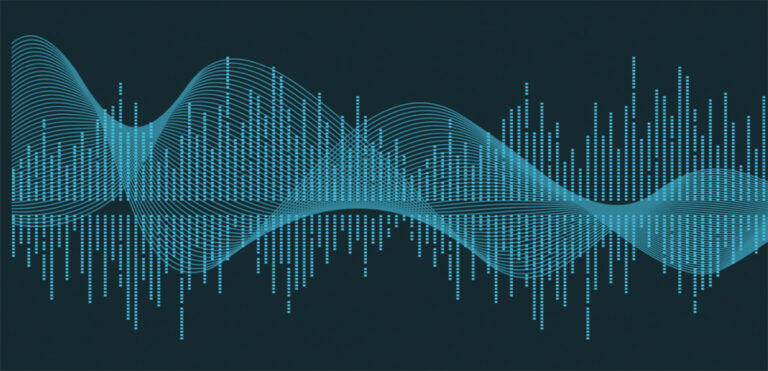By Colleen Fahey with generous help from Joe Sauer of Sentient Decision Sciences
Human memory is famously dicey. People don’t remember every detail of each shopping experience. And we certainly don’t turn memories of all the emotions we felt into a bland “average feeling.” We shortcut.
The way we shortcut is to remember two things: the most intense moment and the most recent part of the experience.
Daniel Kahneman, renowned psychologist and economist, calls this the Peak-End Rule. When encoding memories, we favor the most standout moment and our final impression. That’s why retail brands, whether they’re physical, digital or phygital, need to leave a positive final impression.
So it’s bad news that our pleasant shopping experiences can be marred at the endpoint by anxiety, guilt, fear, anger and, with digital payments, suspicion that our information may be grabbed.
How can we make that last impression better? AmazonGo solves it by eliminating the payment step altogether, but most retailers don’t have that choice.
Sentient Decision Science, operating on the theory that familiarity can build trust, set out to test the effects of visual and sonic logos on the payment experience.
Here are three actionable findings from their research:
- Adding a visual of a known credit card logo to an anonymous card reader-screen can bring the experience up from negative to neutral.
- Adding a thoughtful sonic payment signal or well-designed audio logo can bring the experience from neutral to positive!
- Combining a known retail brand logo with a good payment signal can result in the strongest increase in positive emotional response of all.
Joe Sauer, SVP Managing Director of Sentient says, “The combination of a trusted brand logo and a custom-designed sonic signature was able to completely transform the consumer payment experience from a negative one…to an emotionally positive one.”
He adds, in no uncertain terms, “Sound has emotional clout.”
Photo by Christiann Koepke on Unsplash.




